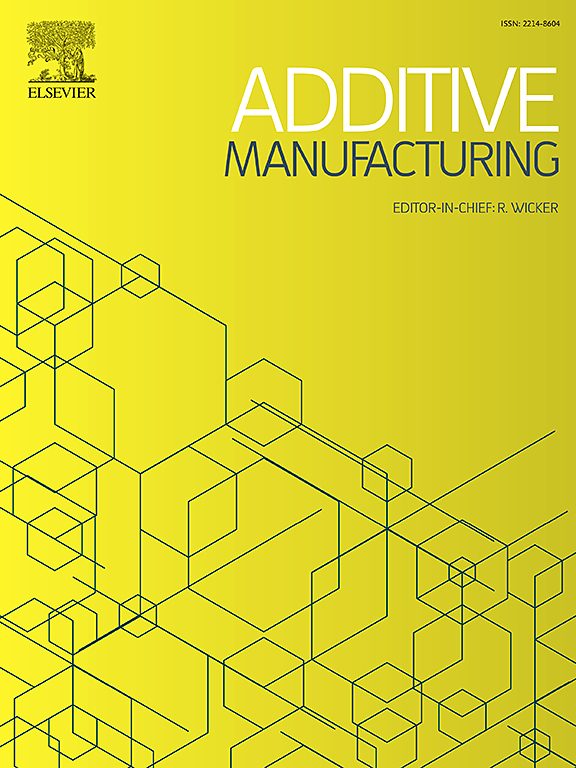Audio-visual cross-modality knowledge transfer for machine learning-based in-situ monitoring in laser additive manufacturing
IF 10.3
1区 工程技术
Q1 ENGINEERING, MANUFACTURING
引用次数: 0
Abstract
Various machine learning (ML)-based in-situ monitoring systems have been developed to detect anomalies and defects in laser additive manufacturing (LAM) processes. While multimodal fusion, which integrates data from visual, audio, and other modalities, can improve monitoring performance, it also increases hardware, computational, and operational costs. This paper introduces a cross-modality knowledge transfer (CMKT) methodology for LAM in-situ monitoring, which transfers knowledge from a source modality to a target modality. CMKT enhances the representativeness of the features extracted from the target modality, allowing the removal of source modality sensors during prediction. This paper proposes three CMKT methods: semantic alignment, fully supervised mapping, and semi-supervised mapping. The semantic alignment method establishes a shared encoded space between modalities to facilitate knowledge transfer. It employs a semantic alignment loss to align the distributions of identical groups (e.g., visual and audio defective groups) and a separation loss to distinguish different groups (e.g., visual defective and audio defect-free groups). The two mapping methods transfer knowledge by deriving features from one modality to another using fully supervised and semi-supervised learning approaches. In a case study for LAM in-situ defect detection, the proposed CMKT methods were compared with multimodal audio-visual fusion. The semantic alignment method achieved an accuracy of 98.6 % while removing the audio modality during the prediction phase, which is comparable to the 98.2 % accuracy obtained through multimodal fusion. Using explainable artificial intelligence, we discovered that semantic alignment CMKT can extract more representative features while reducing noise by leveraging the inherent correlations between modalities.
求助全文
约1分钟内获得全文
求助全文
来源期刊

Additive manufacturing
Materials Science-General Materials Science
CiteScore
19.80
自引率
12.70%
发文量
648
审稿时长
35 days
期刊介绍:
Additive Manufacturing stands as a peer-reviewed journal dedicated to delivering high-quality research papers and reviews in the field of additive manufacturing, serving both academia and industry leaders. The journal's objective is to recognize the innovative essence of additive manufacturing and its diverse applications, providing a comprehensive overview of current developments and future prospects.
The transformative potential of additive manufacturing technologies in product design and manufacturing is poised to disrupt traditional approaches. In response to this paradigm shift, a distinctive and comprehensive publication outlet was essential. Additive Manufacturing fulfills this need, offering a platform for engineers, materials scientists, and practitioners across academia and various industries to document and share innovations in these evolving technologies.
 求助内容:
求助内容: 应助结果提醒方式:
应助结果提醒方式:


